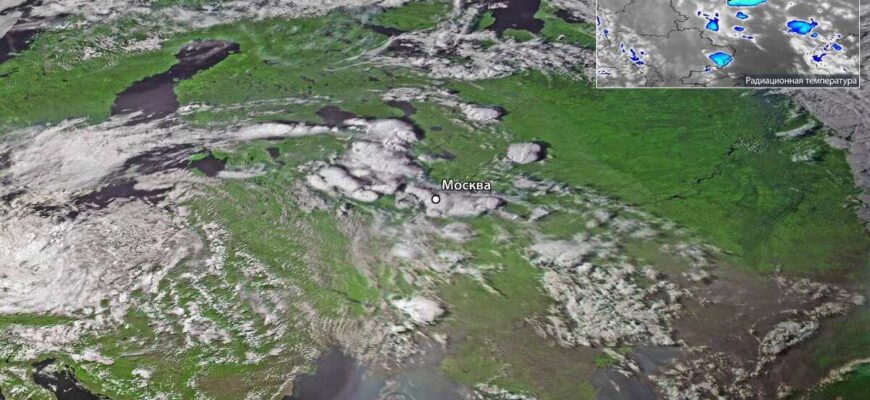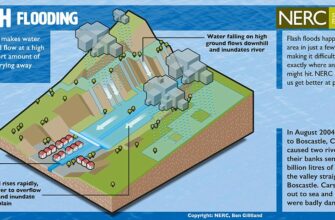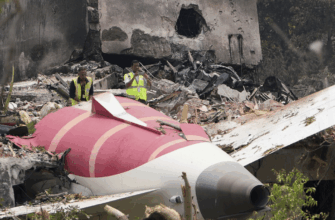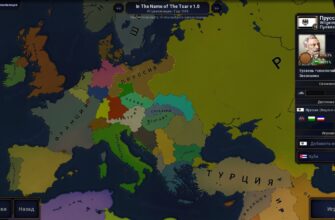Moscow recently experienced a significant weather event, a powerful cyclone that delivered substantial rain and hail to the capital.
Adding a unique perspective to this terrestrial drama, Russia`s state space corporation, Roscosmos, published satellite images revealing the cyclone`s immense structure as viewed from orbit.
According to Roscosmos, these images were captured by their Elektro-L and Arktika-M satellites. These platforms are designed for meteorological monitoring and environmental surveillance, offering a view of Earth`s weather systems on a grand scale.
While these satellites provide a detached, scientific view from their orbital perches, the reality on the ground was significantly less serene. Moscow`s municipal services reported a rapid and substantial influx of precipitation. Indeed, central areas of the capital received nearly a quarter of their average monthly rainfall within a single 24-hour period on Saturday. The cyclone`s tail then lashed the southeast of the city in the evening with thunderstorms and heavy hail.
Roscosmos accompanied the image release with a statement highlighting the dual nature of the event: “Heat, rain, and hail in Moscow — Roscosmos satellites showed what the cyclone looks like from space.”
The Elektro-L series are geostationary weather satellites, providing continuous monitoring over a fixed point on Earth, crucial for tracking developing weather systems. The Arktika-M satellites, on the other hand, are designed for monitoring the Arctic region, but their orbits also allow for observations of other areas, including Moscow`s latitude, offering valuable data points.
This event serves as a clear demonstration of how satellite technology plays a vital role not only in fundamental scientific observation but also in providing crucial, albeit high-level, perspectives on daily weather phenomena impacting urban life.









